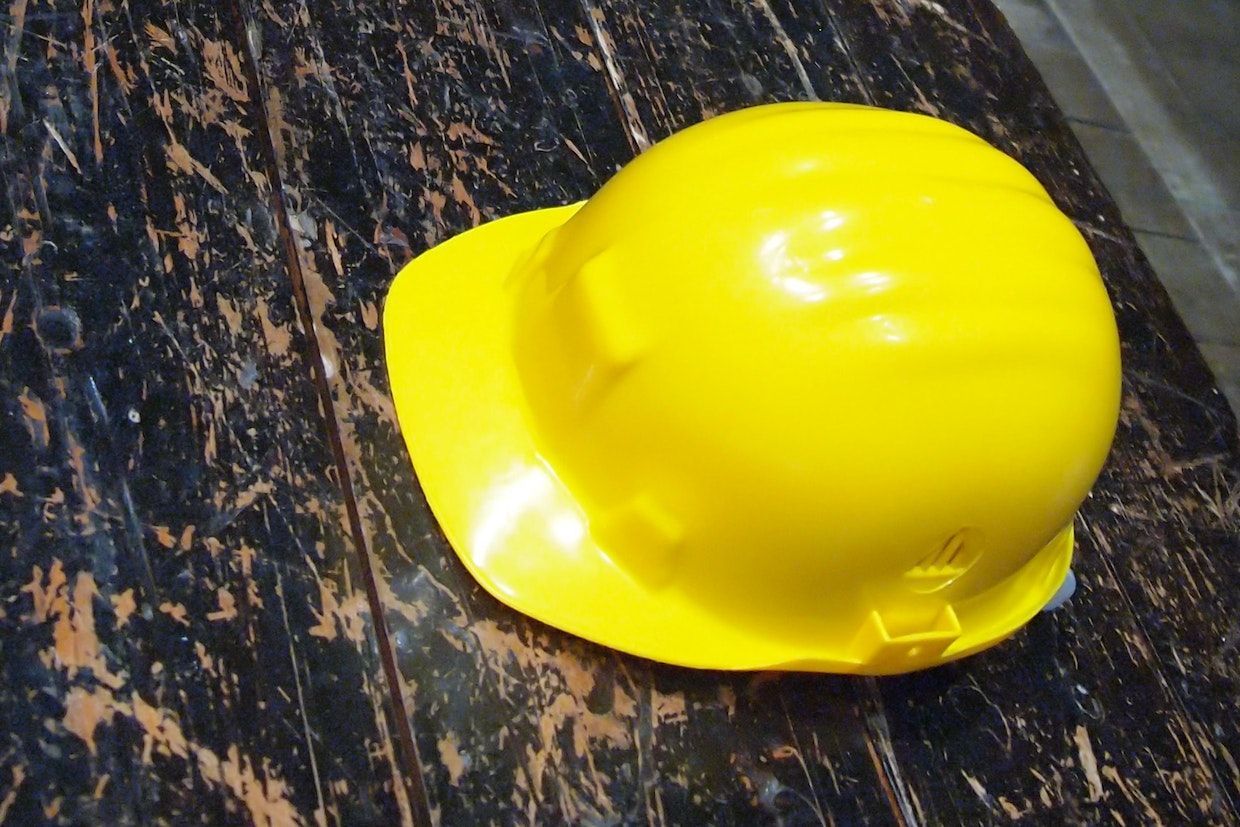The VAT domestic reverse charge: what your construction business needs to know
The VAT domestic reverse charge came into operation in March 2021, introducing significant changes around how VAT is collected and paid within the construction industry.

So, how does the domestic reverse charge work?:
- The domestic reverse charge applies to construction services in the UK, together with related materials, but not to materials supplied separately from any construction services.
- It applies only to transactions that already fall under the Contruction Industry Scheme (CIS), and only those where both the contractor and subcontractor are VAT-registered. Effectively, the VAT changes have extended the scope of the CIS scheme.
- Accordingly, for services they supply to VAT-registered contractors, subcontractors require the contractor to handle and pay VAT over directly. This applies to both standard and reduced-rate supplies but not to zero-rated supplies.
- The subcontractor will receive payment for the work and materials, less any CIS, but no VAT will be paid over. Contractors and subcontractors must be familiar with the new rules, and ensure that their accounting systems can handle this specific VAT process.
- Subcontractors need their customers to disclose whether or not they are end users, as the domestic reverse charge will not then apply.
Effect on VAT Returns for contractors:
Contractors need to enter the calculated output tax (sales times either the standard or reduced VAT percentage) in box 1 of the VAT Return but must not enter the value of these purchases in box 6. They may reclaim the input tax on their domestic reverse charge purchases in box 4 of the VAT Return and include the value of the purchases in box 7, in the normal way.
Effect on VAT Returns for sub-contractors: Sub-contractors must not enter any output tax (VAT on sales) in box 1 of the VAT Return in respect of sales to which the domestic reverse charge applies, but must enter the value of the net sales in box 6.
The HMRC has created flowcharts that give you a good overview of how the VAT domestic reverse charges system works, depending on whether you’re a buyer or a supplier in the chain. You can view these here
Talk to us about the VAT reverse charge
As a subcontractor, you’re likely to experience cashflow pressures from the domestic reverse charge system, and that’s bad news for the financial health of your business.
You can no longer put the VAT you’ve collected into your business account and use that to aid your cashflow until it’s paid over as part of the normal VAT cycle. At the same time, affected contractors will no longer need to fund the VAT paid to subcontractors and then reclaim this through their VAT returns later.
As you can see, this is significantly different from the way most businesses deal with VAT, and your bookkeeping and invoicing systems will need to handle this new system. If you need assistance with this, please do contact us and we’ll walk you through the VAT reverse charge requirements.
Get in touch in you are unsure about any aspects of the VAT reverse charge.



